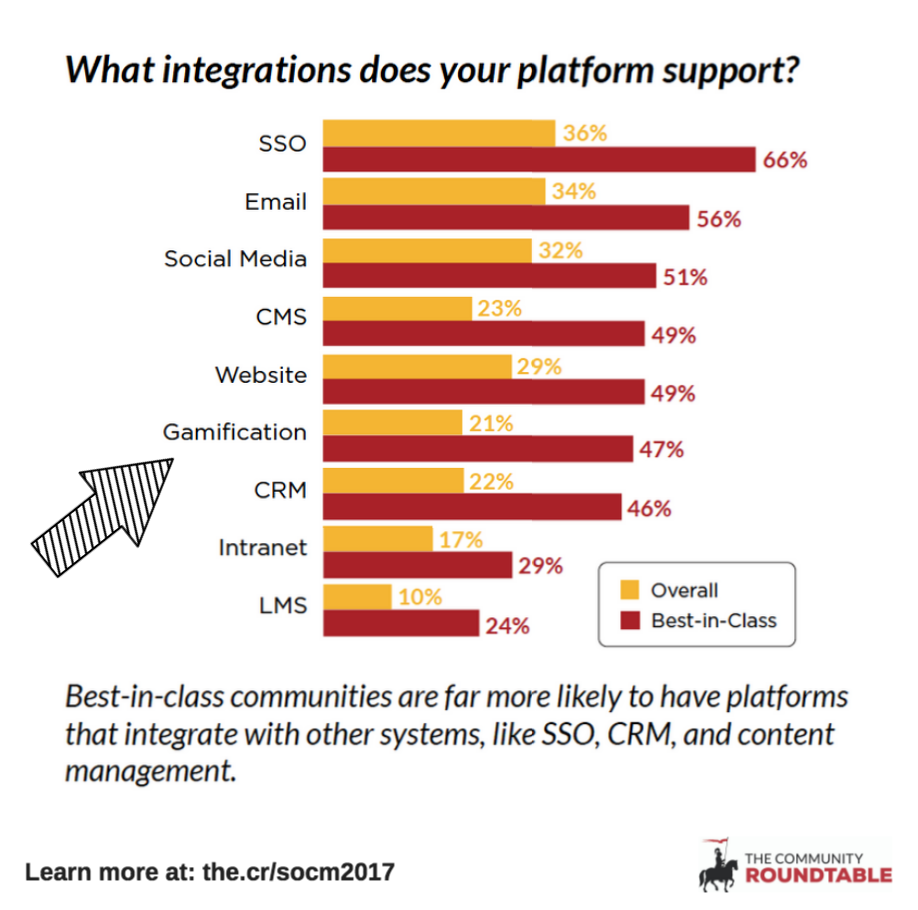
Gamification is the skill of understanding what game-based motivators may drive community members and how to use those motivators to help members get value out of the community that they may not initially recognize. Often times gamification efforts appear in the form of points, badges, or ‘games’ that encourage gentle competition around engagement.
Gamification is one of those things that really resonates with community stakeholders. Badges! Achievements! Unlock this, uplevel that! The reality of using gamification to increase community engagement can be a little tougher. Our State of Community Management 2017 research showed that gamification integrations are becoming more common on community platforms, although their impact on engagement is still less clear. Your community platform may already have gamification elements built in. You should definitely check your platform capabilities before you start defining your program.
If you’re interested in incorporating gamification into your community program you don’t have to reinvent the wheel.
Electronic Arts Inc., a leading global interactive entertainment software company, delivers games, content and online services for Internet-connected consoles, personal computers, mobile phones and tablets to hundreds of millions of players worldwide. With an online gaming network that is home to dedicated global players, EA sought to drive down support costs while also providing enhanced interactive rewards. They built a robust recognition program that has turned their millions of members’ participation into a game – with real rewards.
As members rise through the ranks and gain more prestige, they unlock top levels including a multi-tiered super user program. By defining very specific goals for their program they have been able to show how they successfully used gamification to increase community engagement.
Read more about EA’s success using gamification in their community in this case study: Driving Community Participation and Engagement With Gamification. You’ll learn how EA built a gamification-based support hub and a two-tiered super-user program that increased traffic, converted lurkers and deflected contacts from Live Support channels.
Download the case study now.
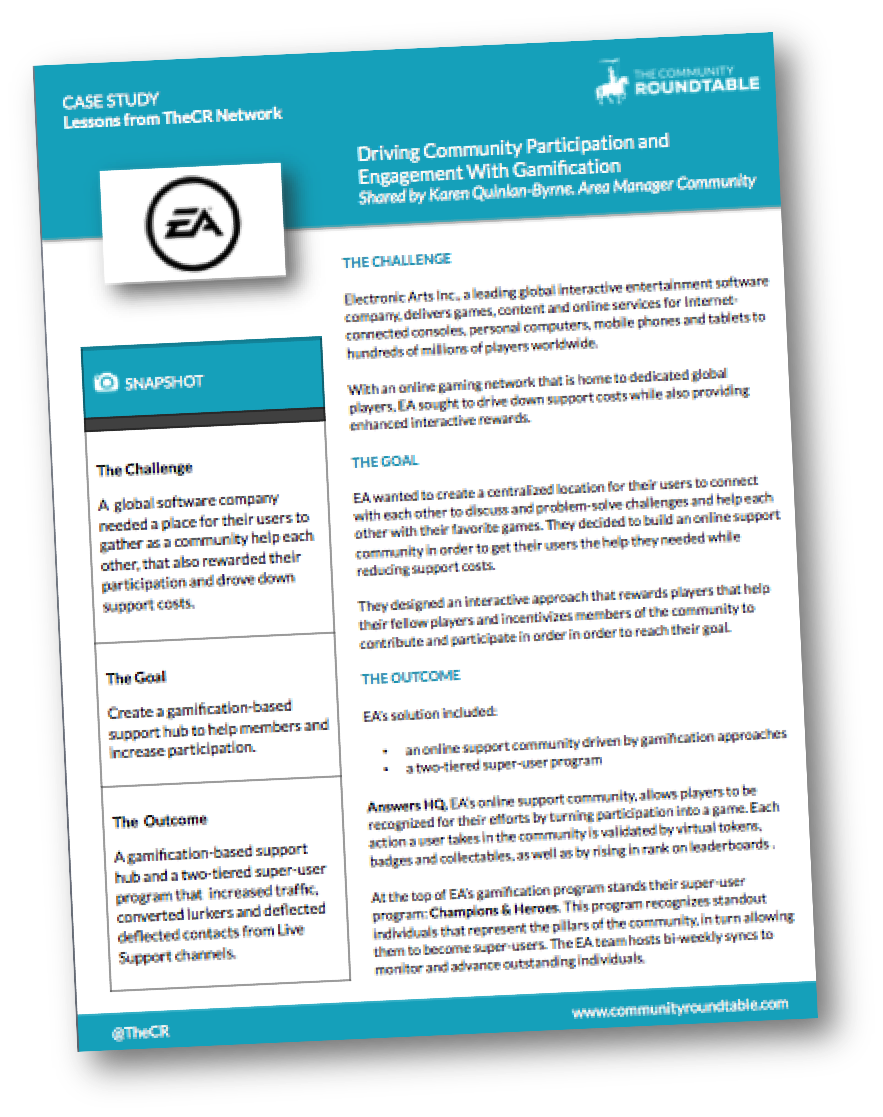
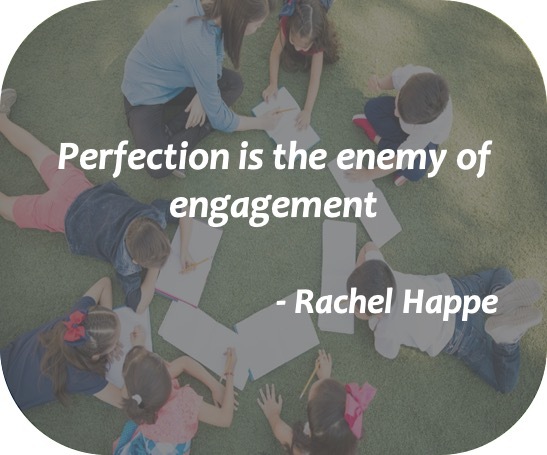
 One of the most consistent findings in our
One of the most consistent findings in our  If you’re like many communities – you don’t follow up again to see how the settling in process has gone. But maybe you should.
If you’re like many communities – you don’t follow up again to see how the settling in process has gone. But maybe you should.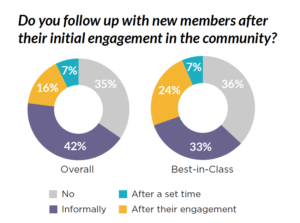 So what can you do?
So what can you do?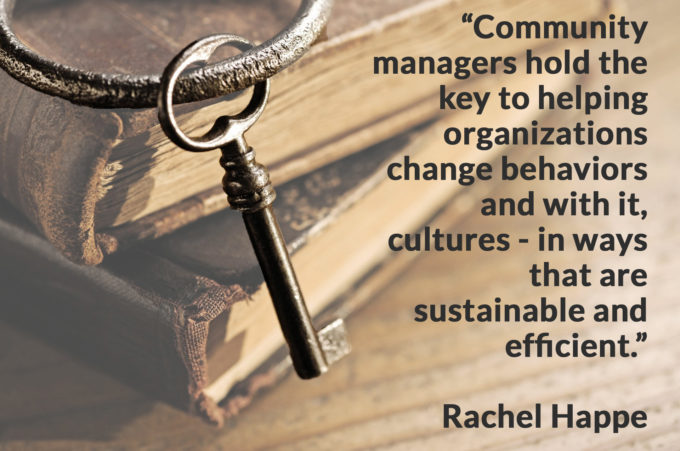
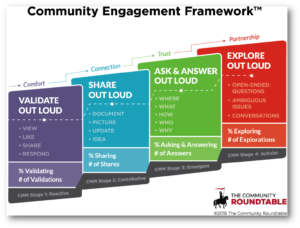
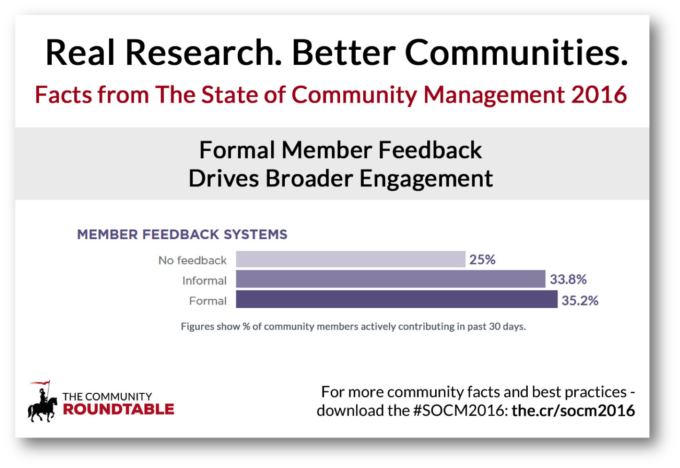
 How do you engage online in a way that shares the work you care about and connects with people in a personal way?
How do you engage online in a way that shares the work you care about and connects with people in a personal way? Your work is important to you. You have lots of other things that are also important to you. Finding a way to share your personal passions and use them as a lens on your work is where you can find interesting opportunities to connect and share your unique gifts and insight.
Your work is important to you. You have lots of other things that are also important to you. Finding a way to share your personal passions and use them as a lens on your work is where you can find interesting opportunities to connect and share your unique gifts and insight. My four-year-old came home one day with this drawing of friendship. As you might imagine, it melted my little analyst heart. I also thought it was a profound truth about relationships – they develop through conversations. One of the issues I’ve always had with ‘listening’ programs is that listening does not imply engagement or developing relationships to me – it’s one sided. Relationships require an exchange – the passing of information and leadership back and forth.
My four-year-old came home one day with this drawing of friendship. As you might imagine, it melted my little analyst heart. I also thought it was a profound truth about relationships – they develop through conversations. One of the issues I’ve always had with ‘listening’ programs is that listening does not imply engagement or developing relationships to me – it’s one sided. Relationships require an exchange – the passing of information and leadership back and forth.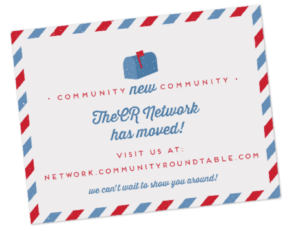
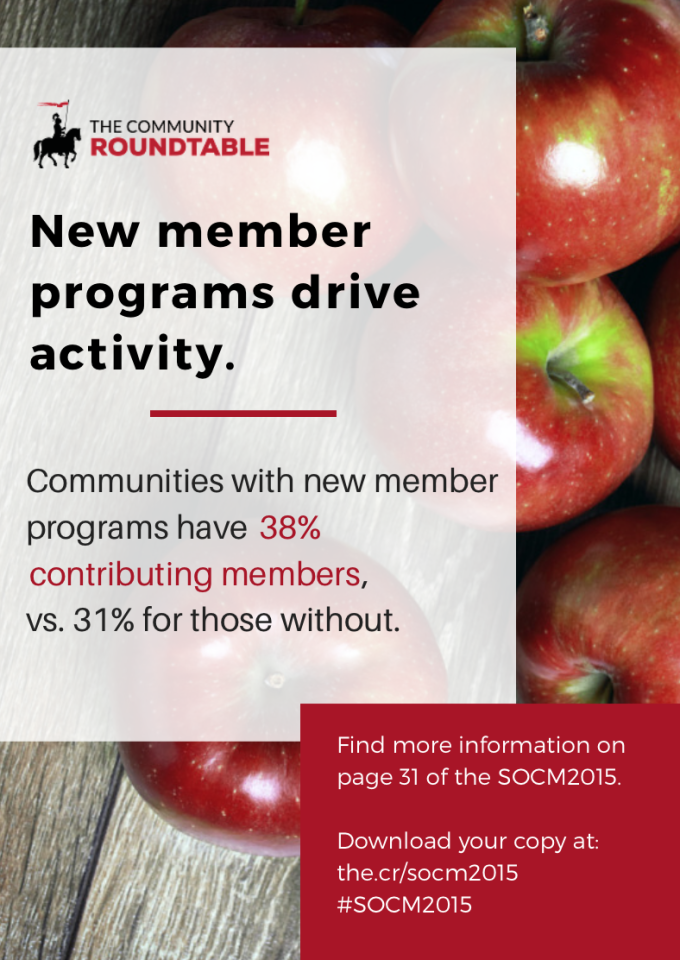
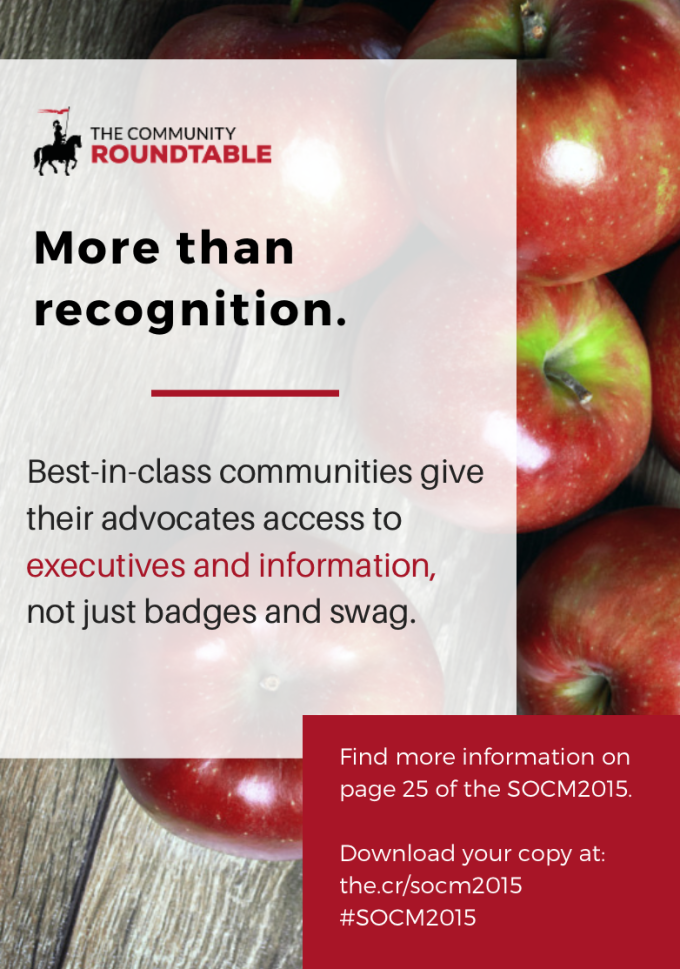
 By
By 